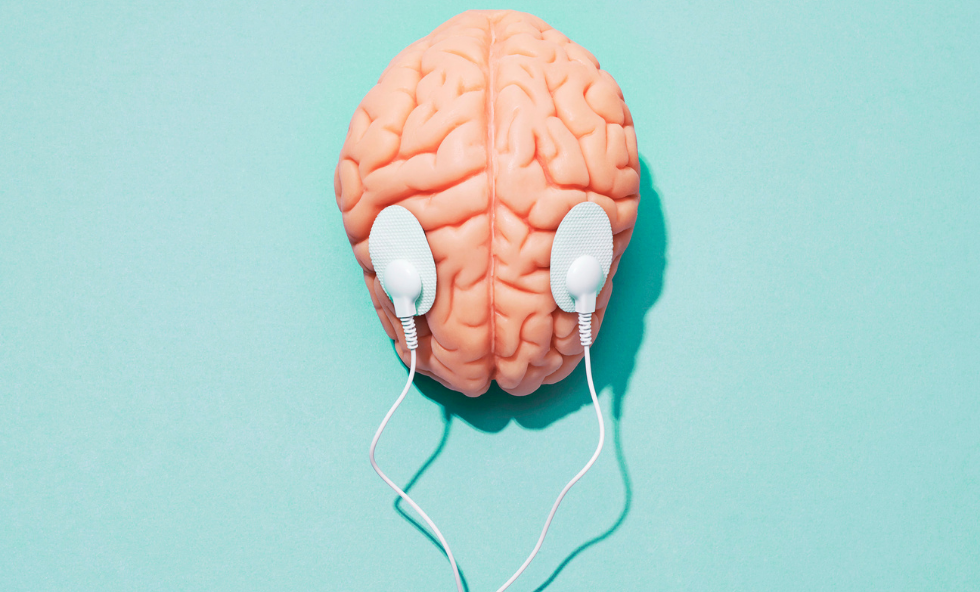Recent reports on the creation of synthetic human embryos have caused a stir in the scientific community and beyond. These artificial embryos, crafted from human embryonic stem cells, represent a breakthrough in reproductive biology, offering unique opportunities to study human development and genetic disorders.
While hailed for their potential applications in medicine, the emergence of synthetic embryos has also sparked a profound ethical debate. This investigative article delves into the science behind synthetic embryos, their potential for medical advancements, and the moral quandaries they pose. Let’s discuss some basics now and concerns related.
Table of Contents
Toggle
- How Does a Baby Develop in the Womb?
- The Blueprint – Zygote
- The Foundation – Embryo
- Building Blocks – Embryo Development
- Plumbing and Wiring – Placenta
- Growth and Fine-tuning – Baby’s Home
- Kicking and Moving In – Baby’s Activity and Hatching
- Ready to Move Out – Birth and Chick Hatching
- Let’s Return to Our Original Points Now Synthetic Embryo
- What is a Synthetic Embryo?
- What is the Embryo of a Human?
- What is an Embryo called?
- What is the size of an Embryo?
- How is an Embryo formed?
- Is an Embryo not a baby?
- Where is the Embryo located?
- Understanding Synthetic Embryo Development What are synthetic embryos made of?
- What are stem cells in the body?
- Stem cells are Multipotent or Unipotent?
- Potential and Limitations of Synthetic Embryo
- Status of Synthetic Embryos
- Extending the 14-day Rule
- Why is this considered Unethical?
- Belief in the Moment of Conception
- Moral and Ethical Concerns
- Playing God
- Second Question Why only 14 days?
- Misuse and Reproductive Purposes
- Informed Consent
- Transparency and Accountability
- Conclusion
How Does a Baby Develop in the Womb?
The Blueprint – Zygote
It all starts when a tiny piece of the dad’s material (sperm) meets a tiny piece of the mom’s material (egg) inside the mom’s body. This moment is called fertilization, and it creates a single cell called a zygote. This is similar to when a single sperm cell from a rooster combines with an egg cell from a hen, forming the starting point of a new life inside an edible egg.
The Foundation – Embryo
The zygote begins to divide and grow, eventually becoming what’s known as an embryo. This stage is like laying the foundation of a house, where the embryo contains the building blocks of a future human. In a similar way, inside an edible egg, the yolk and the white contain the nutrients needed for the developing chick embryo.
Building Blocks – Embryo Development
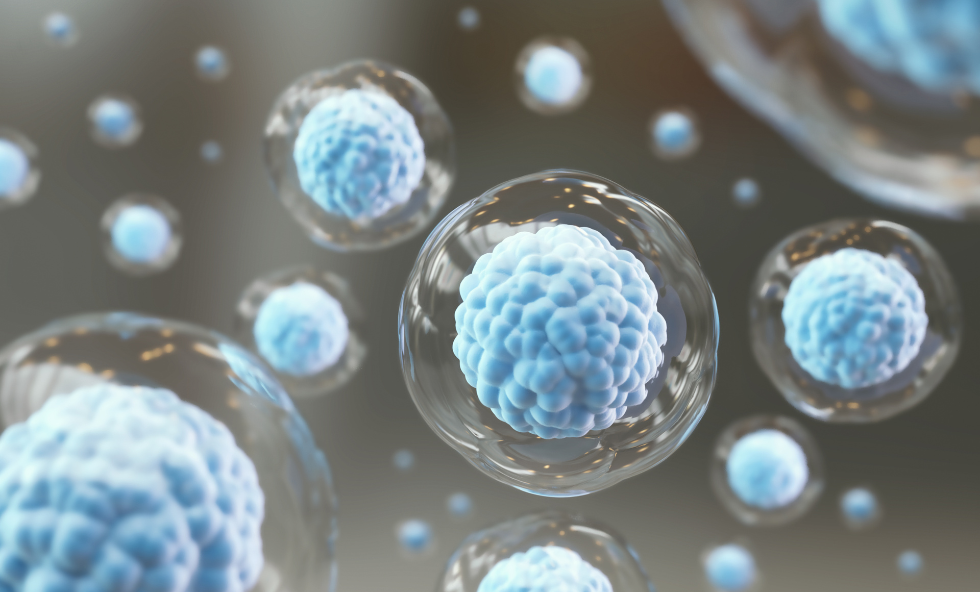 Source: The Healthcare Daily
Source: The Healthcare Daily
As days go by, the embryo keeps dividing and organizing into different parts, like the walls, the roof, and the rooms in a house. These parts will become the baby’s organs, like the heart, brain, and lungs. Similarly, as the chick embryo develops within the egg, it forms various structures that will become the chick’s body parts and organs.
Plumbing and Wiring – Placenta
Special systems start to develop in the baby, like blood vessels for transporting nutrients and oxygen (like pipes in a house) and nerves for sending messages (like electrical wiring). This development is supported by an organ called the placenta. While there isn’t a direct equivalent in edible eggs, you can think of the yolk sac inside an egg as somewhat similar to the placenta. It provides nutrients to the developing chick embryo, just as the placenta provides nutrients to the developing human embryo.
Growth and Fine-tuning – Baby’s Home
The baby continues to grow, and all the organs and systems keep getting more specialized and fine-tuned, just like adding furniture and decorations to make a house a home. Inside the edible egg, the chick embryo grows, and its structures become more defined, getting ready for hatching, similar to how the baby in the womb gets ready for birth.
Kicking and Moving In – Baby’s Activity and Hatching
As the baby gets bigger in the womb, the mom can feel it moving around, just like you might feel someone walking around in a room above you. In the case of an edible egg, the chick embryo becomes more active and may start moving inside the eggshell as it gets closer to hatching.
Ready to Move Out – Birth and Chick Hatching
Finally, after about nine months, the baby is fully developed and ready to come out into the world. This is like finishing the construction of a house and moving in. Similarly, for the chick embryo inside the egg, when it’s fully developed, it will break through the eggshell and enter the world, beginning its life as a new chick.
Let’s Return to Our Original Points Now: Synthetic Embryo
What is a Synthetic Embryo?
Researchers, led by Professor Magdalena Żernicka-Goetz from the University of Cambridge and the California Institute of Technology, have successfully created synthetic human embryos using embryonic stem cells, thus eliminating the need for sperm and ova. This development, disclosed at the annual meeting of the International Society for Stem Cell Research in Boston, has drawn widespread attention due to its potential to enhance our understanding of human development and genetic disorders. However, it is important to note that this research has yet to undergo peer-reviewed publication.
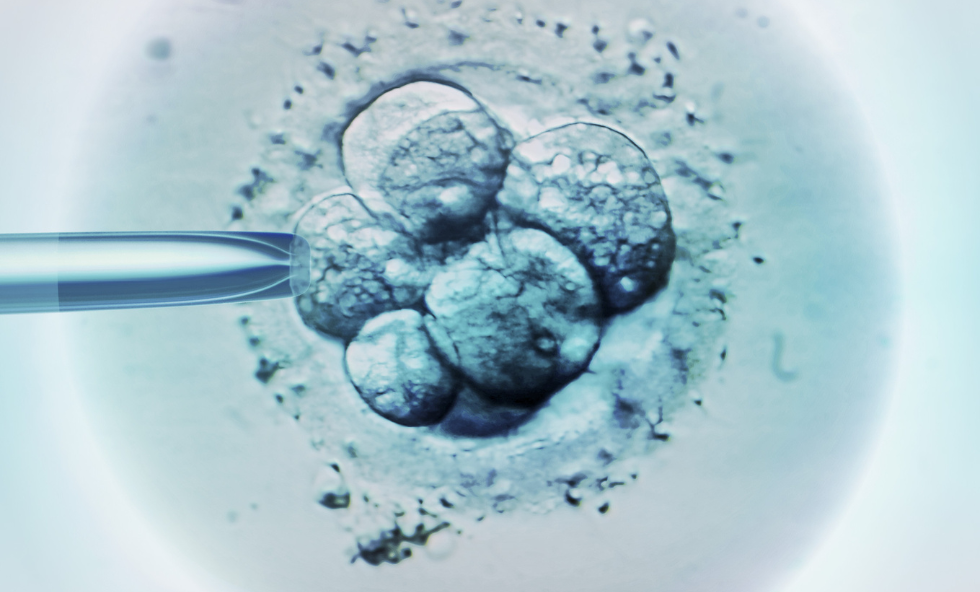 Source: The Healthcare Daily
Source: The Healthcare Daily
We’ve discussed the entire process earlier, but let’s talk about the formation of the embryo once more. Understanding this will pave the way for comprehending how a synthetic embryo can be created, without the need for sperm and egg, using stem cells. We will also provide answers to some questions to further clarify your perspective.
What is the Embryo of a Human?
The human embryo is the earliest stage of human development, typically occurring within the first two weeks after conception. It is a multicellular structure that emerges from the fusion of a sperm cell and an egg cell. At this stage, the embryo is a tiny cluster of cells that is the building block of human life. In short, an embryo is the earliest stage of development in a multicellular organism. It represents the beginning of a new life.
What is an Embryo called?
In scientific terminology, the embryo is referred to as the early developmental stage of a multicellular organism. It is the phase where the organism’s basic body plan is established. During pregnancy, the embryo is the initial stage of fetal development. It undergoes rapid cell division and differentiation, eventually leading to the formation of various organs and body systems.
What is the size of an Embryo?
The size of the embryo varies depending on the stage of development. Initially, it is microscopic, but as it progresses, it grows in size. At the end of the embryonic stage, it is a few centimetres long.
How is an Embryo formed?
Embryo formation occurs through the process of fertilization, wherein a sperm cell fertilizes an egg cell. This union results in the formation of a zygote, which eventually develops into an embryo. In biology, an embryo is defined as the early stage of development in a multicellular organism. It represents a critical juncture in the life cycle, where cells begin to differentiate into specialised tissues and organs.
Is an Embryo not a baby?
An embryo is not considered a baby in the early stages of development. It is a precursor to a foetus, which undergoes further development before birth. The distinction between an embryo and a foetus lies in the stage of development and the presence of specific organ systems.
An example of an embryo is the early-stage development of a human fetus. During this phase, the embryo goes through a series of developmental milestones, such as the formation of the neural tube and the development of the heart.
Where is the Embryo located?
The location of the embryo varies during different stages of development. Initially, it is located in the fallopian tube after fertilisation. As it grows, it moves into the uterus, where it implants itself into the uterine lining for further development.
Researchers of Cambridge and the California Institute of Technology have successfully created synthetic human embryos using embryonic stem cells. Yes, my friend, they developed embryos with the help of embryonic stem cells thus eliminating the need for sperm and ova.
Understanding Synthetic Embryo Development: What are synthetic embryos made of?
The synthetic human embryos developed by Żernicka-Goetz’s team are formed from a single stem cell. These embryos were cultivated to reach a developmental stage known as “gastrulation,” which is beyond the traditional 14-day mark observed for human embryos in lab settings. Previously, the 14-day limit was a combination of ethical and practical considerations. Beyond this point, embryonic cells begin to differentiate into vital body systems, making it an ethically sensitive period.
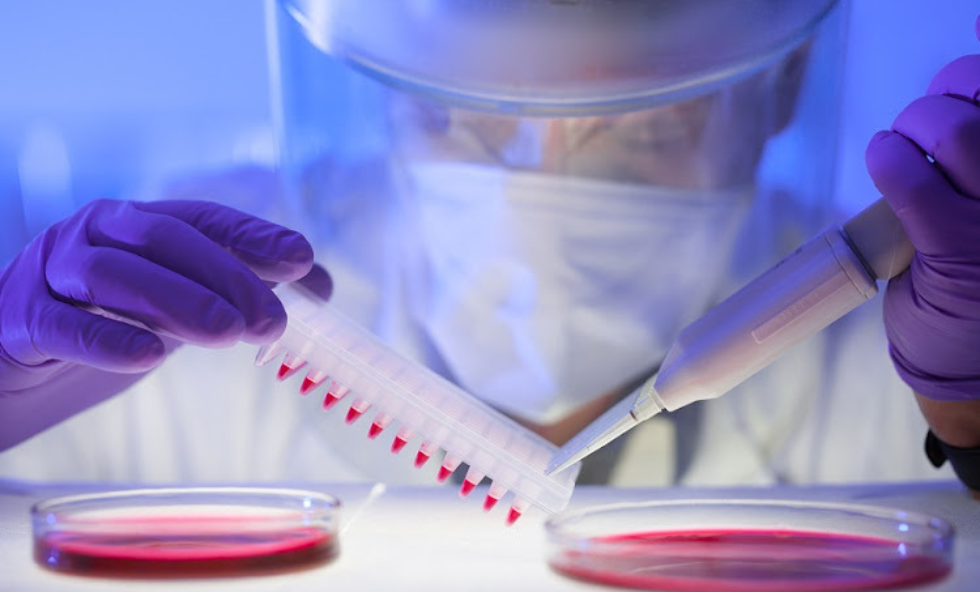 Source: The Healthcare Daily
Source: The Healthcare Daily
However, the International Society for Stem Cell Research’s updated guidelines have prompted a reevaluation of the 14-day rule through public debate, allowing for research on embryos at later developmental stages under specific circumstances.
Now, you might be scratching your head and thinking, ‘What on earth are stem cells?’ For those in the know, great! And for those who aren’t familiar, I’m here to fill you in on this as well.
What are stem cells in the body?
Stem cells are like the “master cells” in our body. They can become different types of cells, like skin, blood, or bone. There are two main types: embryonic (from early embryos) and adult (found in our tissues). Scientists can make stem cells in the lab by reprogramming adult cells. This helps in research and may lead to treatments for diseases. So, think of stem cells as the body’s handyman, capable of becoming any kind of cell, and scientists can make them by giving regular cells a makeover in the lab.
Stem cells are Multipotent or Unipotent?
Stem cells can be either multipotent or unipotent.
Multipotent Stem Cells
These are like versatile builders. They can turn into a few different cell types. For example, they can become different types of blood cells.
Unipotent Stem Cells
These are more specialised. They can only turn into one specific type of cell. For instance, a unipotent stem cell might only become skin cells.
So, multipotent stem cells have more options, while unipotent stem cells have a more specific job. Are you excited about this? Is it great news? Could it be that babies will now be born in test tubes in a lab, eliminating the need for humans to carry a baby in their womb for 9 months?
Potential and Limitations of Synthetic Embryo
The creation of synthetic human-like embryos offers tremendous potential for medical research. By observing these embryos in the lab, scientists can gain valuable insights into the formation and functioning of critical structures, such as the placenta.
Additionally, researchers hope to utilize synthetic embryos to study miscarriage and developmental anomalies, potentially advancing our knowledge of these complex issues. However, there are significant limitations to consider. While synthetic embryos demonstrate human-like behaviour in some aspects of development, they do not exhibit the formation of a beating heart or a functioning brain. Previous animal models with similar synthetic embryos have shown a lack of viability beyond a short period after implantation, indicating that there may be restrictions to their usefulness in studying human developmental issues.
Is this not a very positive development? Why has this research been in the news since George W. Bush’s time? What ethical concerns might be associated with it? Could this potentially be considered a groundbreaking experience in human development.
Status of Synthetic Embryos
Defining the moral and legal status of synthetic embryos remains a contentious issue. Determining whether these entities deserve protection and ethical consideration akin to human life challenges the boundaries of our ethical principles.
But is it possible for scientists to replicate the atmosphere inside a human womb within a lab for a continuous period of 9 months? Has science advanced to such an extent?
I want to honestly state that our science hasn’t advanced to that extent yet. Yes, while observing some interviews and following certain articles, we do come across instances where this might be possible with animals that have much shorter pregnancy cycles, like those that last for 20 days to a month.
However, developing the technology to replicate this for a human in a lab at this point seems a bit challenging. I don’t completely rule it out, but if there is even a slight chance that we can achieve this, what would be the potential challenges and considerations to address? That’s something we would need to focus on.
Extending the 14-day Rule
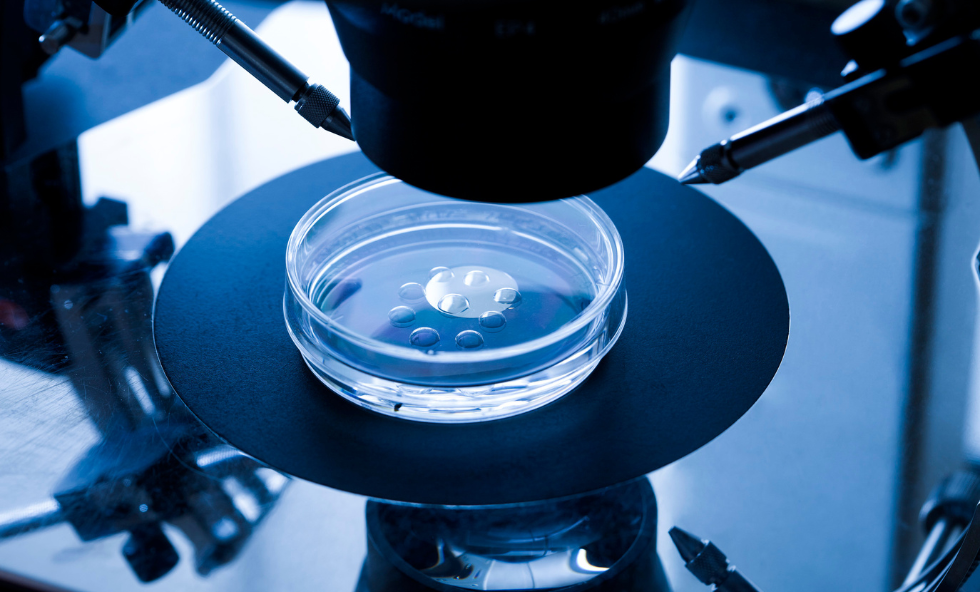 Source: The Healthcare Daily
Source: The Healthcare Daily
As synthetic embryos approach and exceed the traditional 14-day limit, ethical questions arise about how far we should allow their development in the lab. Balancing scientific progress with ethical boundaries demands a thorough and open public debate. Two questions arise here:.
Why is this considered Unethical?
Primarily, Religious people may find it difficult to accept synthetic embryos, as discussed in the due to their deeply held beliefs about the sanctity of life and the moment when the soul is believed to enter the body. Here are a few reasons why this might be challenging for them:
Belief in the Moment of Conception
Many religious traditions teach that life begins at the moment of conception when the soul is believed to be infused into the embryo. This belief is foundational to their understanding of the sanctity of life. The creation of synthetic embryos in a laboratory, which doesn’t involve natural conception, challenges this traditional viewpoint.
Moral and Ethical Concerns
Religious teachings often emphasise the moral and ethical responsibilities associated with the creation and treatment of human life. The creation of synthetic embryos raises ethical questions about whether these embryos are equivalent to naturally conceived ones and whether they should be treated with the same reverence?
Playing God
Some religious individuals may see the creation of synthetic embryos as humans attempting to “play God” by artificially creating life. This can be seen as interfering with the natural order of creation, which is often considered sacred.
Whereas Many people who don’t believe in God also hold the belief that if humans ever reach a point where they can create another human and, during the process, prepare them to prevent future diseases, protect them from mental disorders, and even employ gene modification to bring them into this world, then trust in God and His stories in the world may slowly diminish.
Second Question : Why only 14 days?
After 14 days embryo develops into a structure known as the “blastocyst.” During this stage, the embryo undergoes further differentiation and specialisation of cells, which will eventually give rise to various tissues and organs. It is much later in development, around the eighth week, that the embryo begins to develop the rudimentary forms of organs and structures.
Misuse and Reproductive Purposes
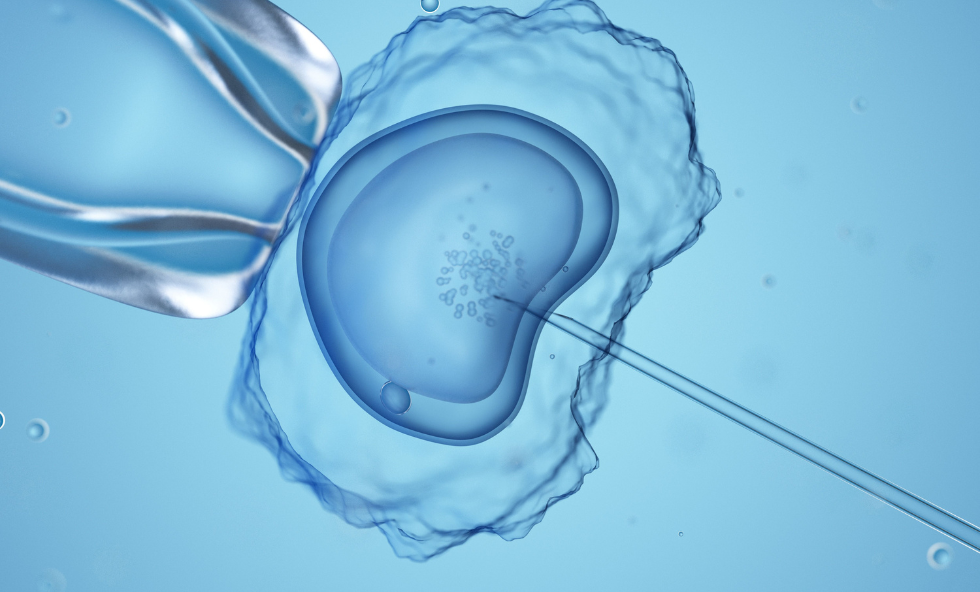 Source: The Healthcare Daily
Source: The Healthcare Daily
The creation of synthetic embryos could open doors to potential misuse, such as unauthorised reproductive applications or cloning. This raises concerns about the ethical implications of artificially creating human-like entities without considering their long-term fate. Fate? Will the concept of fate be still there till that time?
Informed Consent
The source of human embryonic stem cells for creating synthetic embryos raises concerns about informed consent and the origin of biological materials used in research. Ensuring that the donors fully understand and consent to the use of their cells is crucial to upholding ethical standards.
Transparency and Accountability
Researchers and institutions involved in synthetic embryo research must uphold transparency and be accountable for their actions. Ethical oversight and peer review play pivotal roles in ensuring the responsible and ethical use of this cutting-edge technology.
As the field of synthetic embryos evolves, addressing these ethical considerations will be essential in navigating the delicate balance between scientific progress and responsible innovation in medicine.
Conclusion
The promise of synthetic embryos in medicine is undeniably captivating, offering unparalleled opportunities for understanding human development, combating genetic diseases, and advancing regenerative medicine. Nonetheless, the scientific community and society at large must tread carefully, considering the complex ethical questions surrounding their creation and use.
Balancing the potential medical advancements with the moral implications requires a comprehensive and transparent dialogue that accounts for the perspectives of scientists, ethicists, policymakers, and the public. Only through a thoughtful and collaborative approach can we harness the potential of synthetic embryos responsibly and ensure that medical progress aligns with our values and principles.




